Who Was D.B. Cooper? Part One: The Hijacking of Flight 305
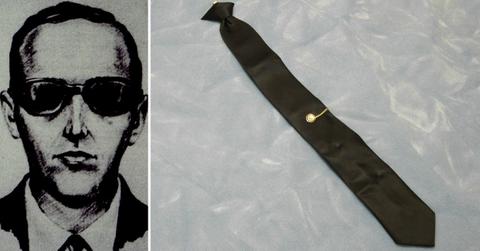
Jan. 1 2024, Published 2:02 p.m. ET
On the surface, the hijacking carried out by D.B. Cooper seems extraordinary. The infamy of the event and the security afforded to flights in the post-9/11 world make us almost unable to comprehend how Cooper could not only have carried out his crime but dared to try it in the first place. However, he was not the first or the last to hijack an aircraft for the purpose of robbery, and hijackings were far more common during the 1960s and '70s than they are today.
There are air robberies dating back to at least 1948, and in 1969 alone, there were eight U.S. airliners hijacked, five involving individuals trying to reach Cuba. One that year was even hijacked by a 14-year-old. There were two more hijackings in 1970 and three more in 1971 before D.B. Cooper's infamous actions on Nov. 24, 1971. However, despite that, there can be no doubt that D.B. Cooper's audacious efforts that Thanksgiving Eve was a level above anything seen before and deserve their place in infamy.
Events began at the flight counter of Northwest Orient Airlines (now part of Delta) at Portland International Airport. A man identifying himself as "Dan Cooper,' approached the desk and used cash to buy a one-way ticket to Seattle, a 30-minute trip. He was described as middle-aged, wearing a business suit and raincoat alongside carrying a black attaché case. He could have been any other businessman on a trip for work.
Cooper boarded Flight 305, a Boeing 727-100, and where he sat is a matter of division, with some witnesses saying it was in seat 18C while others say 18E or 15D. The flight was only 1/3 full, allowing him the choice. He ordered a bourbon and soda and relaxed before takeoff. Once in the air, Cooper handed a written note to the flight attendant seated nearest to him, Florence Schaffner. Thinking the man was giving her his phone number, she dropped it into her handbag. Whether Cooper was irritated or amused, nobody can't be sure, but he quickly leaned in and whispered, "Miss, you'd better look at that note. I have a bomb."
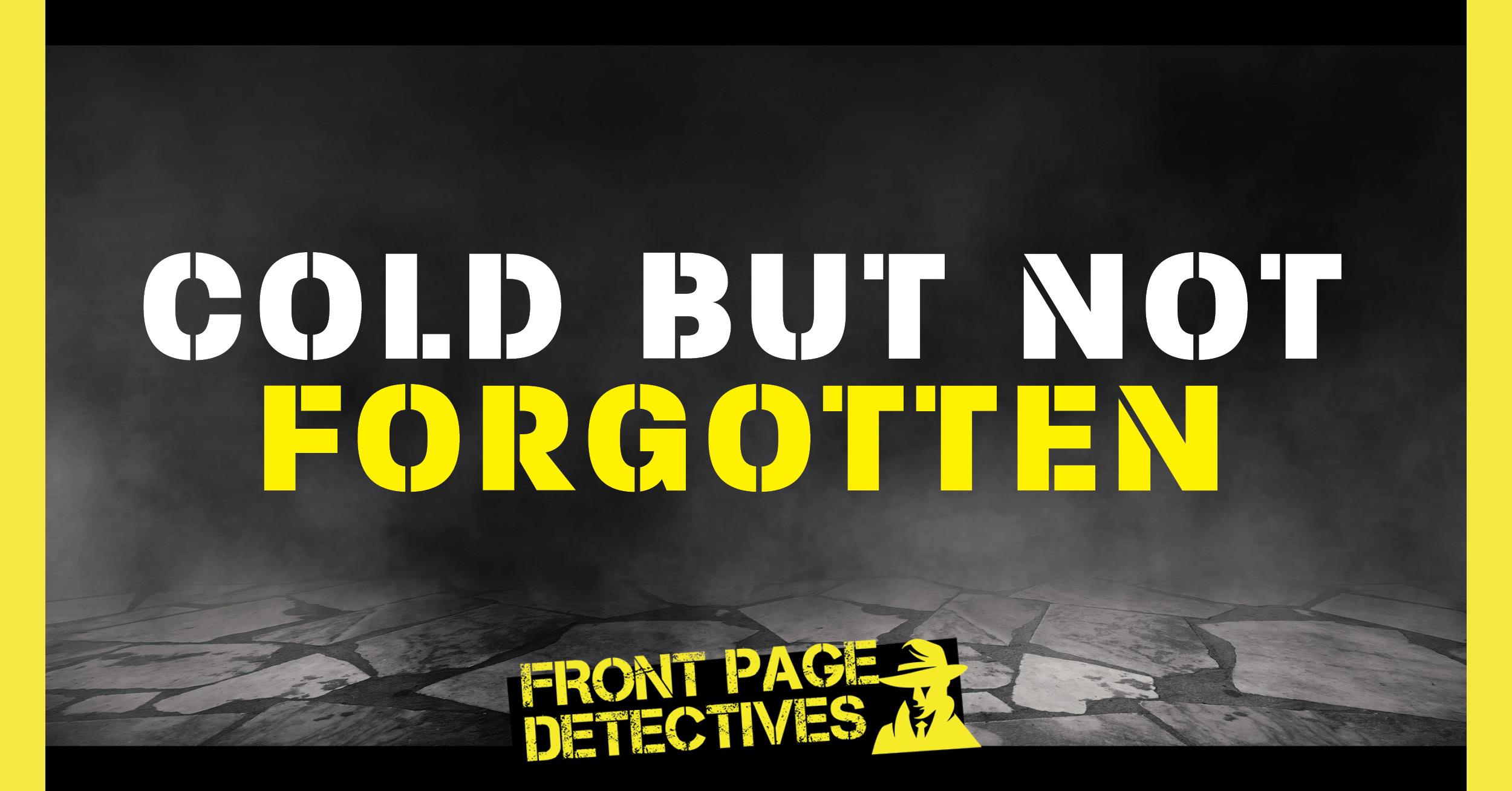
THE HIJACKING OF FLIGHT 305
Schaffner retrieved and opened the note. The note mentioned the bomb and instructed the flight attendant to sit next to him. It was printed in capital letters with a felt-tip pen, Cooper made sure that it was clearly legible. Already he was showing careful planning. Schaffner did as she was instructed and asked to see the device, Cooper obliging and slightly opening his case to reveal eight red cylinders attached to wires and a battery.
"We were very, very, very scared to death." Schaffner said on an episode of the "Unsolved Mysteries" TV show, "All of us were. I was thinking about dying. That's all I thought. I was also thinking, 'I'll never see my parents, my brothers, and sisters.'"
Cooper made his demands with the attendant satisfied that he had a bomb or at least a device appearing to be one. He wanted $200,000 in "negotiable American currency," four parachutes which were two primary and two in reserve, and a fuel truck waiting for the aircraft in Seattle, clearly intending to fly elsewhere. The money would be worth over $1.3 million in today's currency. Schaffner informed the cockpit of the situation, and Capt. William A. Scott, in turn, told Seattle-Tacoma airport air traffic control, who themselves then informed the police and FBI.
"I want $200,000 by 5 p.m., in cash. Put in a knapsack. I want two back parachutes and two front parachutes." Cooper told Schaffner, "When we land, I want a fuel truck ready to refuel. No funny stuff, or I'll do the job."
As the alarm began to be raised on the ground, Schaffner returned to Cooper and noted he was now wearing sunglasses. Things were calm on board at this stage, with the other passengers informed a "minor mechanical difficulty" would delay their arrival in Seattle. Cooper was also said to be calm, ordering a second bourbon and paying his drinks tab.
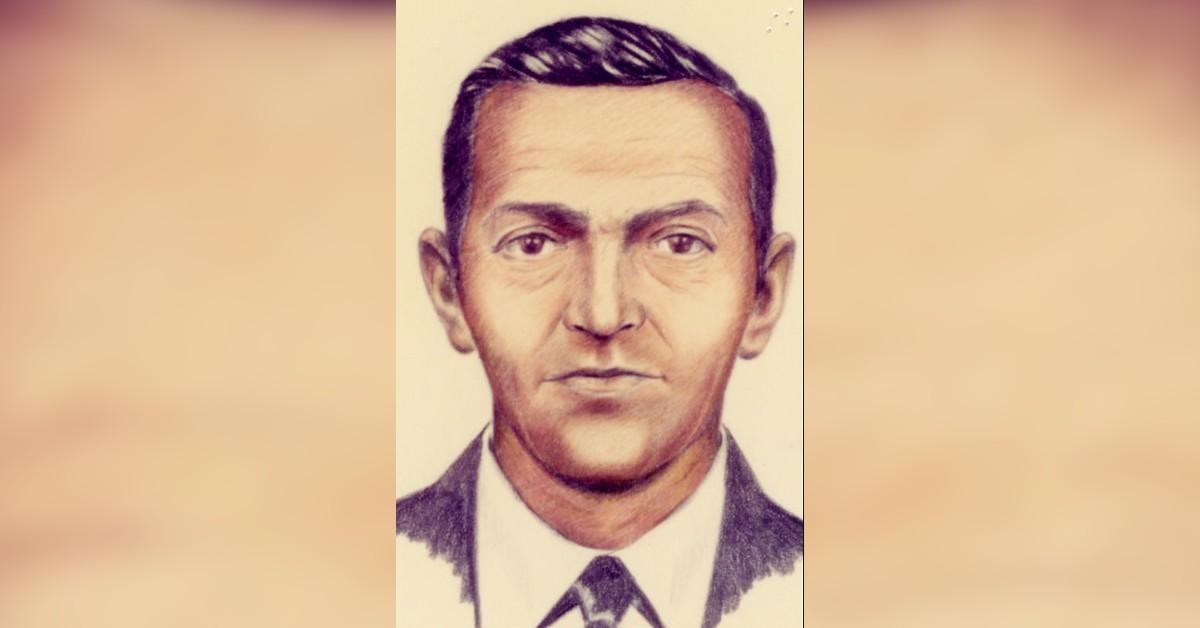
A sketch of D.B. Cooper
Schaffner said he was nothing like the ranting fanatic she expected of a hijacker while the flight attendant who served him, Tina Mucklow, noted he attempted to have her keep the change and offered to get the crew meals when they landed in Seattle. She later told investigators that "He seemed rather nice. He was never cruel or nasty. He was thoughtful and calm all the time." The attendant also noted how familiar he was with the area, correctly pointing out Tacoma and mentioning McChord Air Force Base was near.
Speaking extensively to Rolling Stone, Mucklow said her role was to communicate between Cooper and the flight deck, saying, "I was there for the hijacker to kind of keep him feeling safe, reassured, comfortable and not detonating that bomb."
Meanwhile, on the ground, Northwest Orient's president, Donald Nyrop, authorized the ransom and ordered all employees to cooperate with Cooper. FBI agents scrambled to assemble the money from several Seattle banks, collecting the $200,000 in 10,000 unmarked 20-dollar-bills. They made sure to take a microfilm photograph of all of them. Cooper rejected military-grade parachutes and instead requested civilian ones.
Earl Cossey, a master rigger, soon took a call at his Seattle home. It was from the manager of the Seattle-Tacoma airport, requesting the backpacks and reserves, being unable to tell him the reason why. A business associate, Cossey, says that he "trusted him completely and did as I was told."
Police rushed the parachutes to the airport, and it wasn't until that evening that Cossey heard of the situation at Seattle-Tacoma, realizing that's why his equipment had been requested. "I thought, 'Oh crap! There go my parachutes!’ " Cossey later joked.
After Flight 305 circled for approximately two hours to meet the demands, Cooper was informed that everything was ready at 5:24 p.m. Fifteen minutes later, the aircraft landed at Seattle-Tacoma. Cooper instructed the captain to taxi the plane to an isolated but brightly lit area and ensure that all the window shades were closed to stop snipers. Once in place, Northwest Orient's Seattle operations manager, Al Lee, approached and handed off the cash and parachutes to Mucklow via the aft stairs.
Once the handoff was made, Cooper allowed all the passengers, Schaffner and the senior flight attendant, Alice Hancock, to depart the aircraft. This left Cooper on board alongside Scott, Mucklow, first officer William J. Rataczak, and flight engineer Harold E. Anderson. The plane began to be refueled, delayed because of a vapor lock in the pumping mechanism, giving Cooper ample time to lay out his demands to the cockpit crew. The hijacker planned to take a southeast course and head toward Mexico City; however, he wanted it done in a very particular way.
Cooper asked the aircraft to maintain the minimum possible airspeed, approximately 115mph at 10,000 feet. Any slower, and the plane would have stalled. The landing gear should remain in the takeoff position during the flight, the cabin would remain unpressurized, and wing-flaps would be lowered 15 degrees to ensure no greater speed than 200 mph. Cooper was informed that flying to Mexico would not be possible as the aircraft only had a range of around 1,000 miles, meaning a second refueling would be required. Cooper discussed the issue with the flight crew, and it was agreed that Flight 305 would stop in Reno, Nevada.
Whether Cooper genuinely originally intended to fly to Mexico or not is debatable. While the pretense seems pointless, perhaps it was to ensure the crew would be unable to contact the ground and give his true destination. As one of the requirements, Cooper asked that the rear exit door be opened and had, of course, already asked for parachutes. Northwest objected to this last demand, saying that it would be unsafe for the aircraft to take off in this manner. Cooper countered and claimed it was perfectly safe but relented and decided to lower the door in flight.
The demands seem to suggest Cooper was more than familiar with the aircraft, and at 7:40 p.m., the plane took off once more, shadowed by two F-106 fighter jets from the McChord Air Force Base that Cooper himself had already mentioned. After takeoff, Cooper told Mucklow to go into the cockpit with the rest of the crew and close the door. His actual plan was now underway.
- 'They’re Going To Have To Shoot Me Down!' Man Accused Of Stabbing Flight Attendant On Boston-Bound Flight
- Details Emerge About Off-Duty Pilot Arrested in Connection With Thwarted Alaska Airlines Incident
- Stolen Valor: Pair Accused of 'Disgusting, Unacceptable' Theft of Bronze Veteran Grave Markers in Indiana
On her way to the cockpit, Mucklow observed Cooper tying something to his waist, believed to be the money bag. Mucklow recalls that she asked the hijacker over the intercom, "Will you please, please take the bomb with you?" And while he offered no answer, the bag and alleged bomb were missing. Taking a live device on a parachute jump would have been incredible folly, suggesting the explosives had likely been fake.
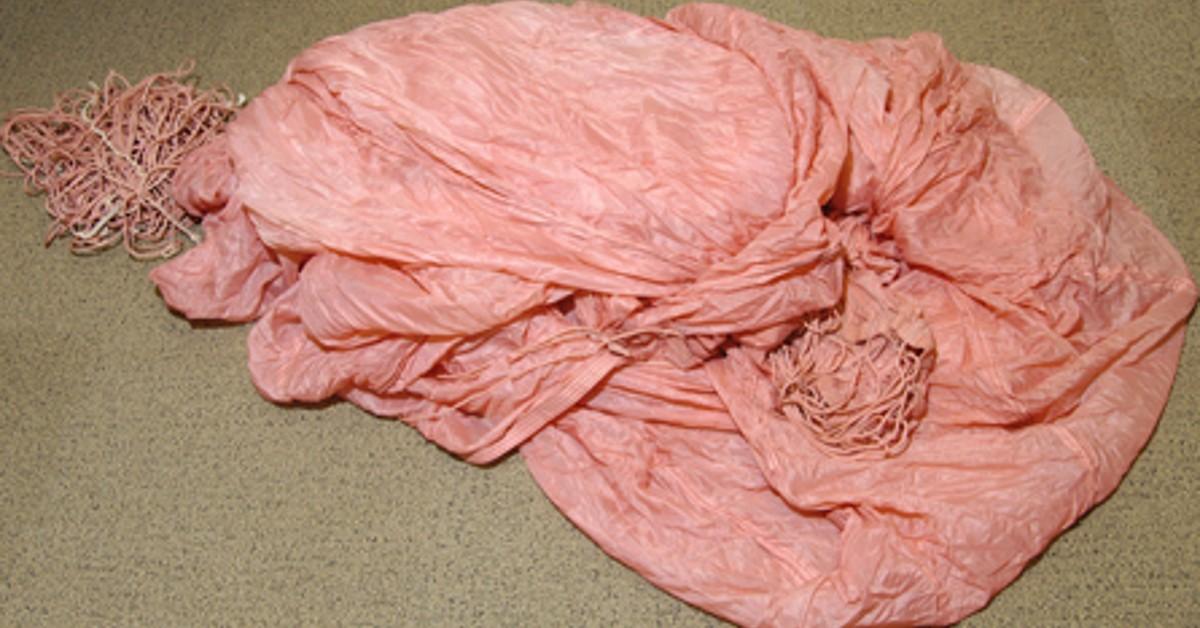
A parachute from the D.B. Cooper Case
Twenty minutes after takeoff, a light in the cockpit indicated that the rear door was now open. First officer Rataczak offered his assistance, but Cooper refused. That was the last that anyone heard from him, the aircraft sustaining a sudden upward movement at the tail around 8:13 p.m..
Flight 305 arrived in Reno at 10:15 p.m., Scott and Rataczak landing with the rear door still lowered. The aircraft was quickly surrounded by FBI agents, state troopers and local police as nobody was quite sure whether "Dan Cooper" was still on the plane. He wasn't.
Taking the money and two of the parachutes, he'd seemingly left into the night and made away.
While many would go on to portray Cooper in a positive and daring light, almost as a Robin Hood-like figure, it's worth remembering the sheer terror of the flight crew during the entire ordeal. Mucklow explained the relief she felt to Rolling Stone.
"Being able to reunite with the rest of my crew and coming through the cockpit was an amazing experience," she said. "We were still in harm's way, but I wasn't alone. All of us looked at each other, and there was just a sense of amazement."
THE HUNT FOR DAN COOPER
Combing the Boeing 727-100, investigators found abundant evidence, including Cooper's black clip-on tie, a mother of pearl tie clip, 66 unidentified fingerprints, two of the four parachutes and eight Raleigh cigarette butts.
While the plane was dragged with a fine-tooth comb, the FBI began hunting for the suspect, which was no easy task. The possible landing area was not easy to ascertain, considering the plane's speed, environmental conditions such as weather, the exact timing of the jump and how long he will have taken to pull the ripcord. Neither pilot of the following F-106 fighters saw anything exit the plane with their eyes or radar and certainly didn't see a parachute opening. However, in the dark with poor visibility, it might not be unusual that the black-clad Cooper went unnoticed. However, the general consensus is that Cooper jumped at 8:13 p.m. when the tail sustained the upward movement.
Indeed, whether Cooper survived is a matter of contention. The aircraft was at the time of Cooper's jump traveling through a heavy rainstorm, and his landing zone was estimated to be on the southernmost point of Mount St. Helens and close to Lake Merwin. The trees in the area can reach hundreds of feet tall, with a collection of volcanos and unmelting glaciers and snowfields, with the most inhospitable point being the 14,000-foot Mount Rainer.
FBI agents searched the area both on foot and via helicopter, focusing on Clark and Cowlitz counties, although they were initially hampered by wind and rain. They went door to door at the few properties in the area and ran patrol boats in the major waterways, finding nothing. The authorities didn't give up so easily, however. After the winter in 1972, the FBI conducted a second search aided by the army, air force, national guard, and civilian volunteers. Two hundred soldiers took part in the new search, and a submarine was even utilized in the investigation of Lake Merwin. Still, nothing relating to Cooper was found.
It wasn't just Cooper that had seemingly vanished into thin air, so too had the money. Investigators ensured that the serial numbers were widely distributed to banks, casinos, bookmakers, racetracks and other places where large transactions were regularly made. In 1972, those numbers were released to the public. Despite some close numbers and even fraudsters attempting to collect reward money, no bills were found. That is until 1980.
On Feb. 8, 1980, 8-year-old Brian Ingram uncovered three packets of money while vacationing with his family on the Colombia River. The money was largely disintegrated but still bundled together with the original bands. Analysis subsequently confirmed that it had come from the D.B. Cooper ransom money and that the damage to the cash had come from being in the river and then washed up rather than being buried. Still in the same order that Cooper had been given the money, it seemed that it had remained untouched since the suspect jumped out of the plane in 1971.
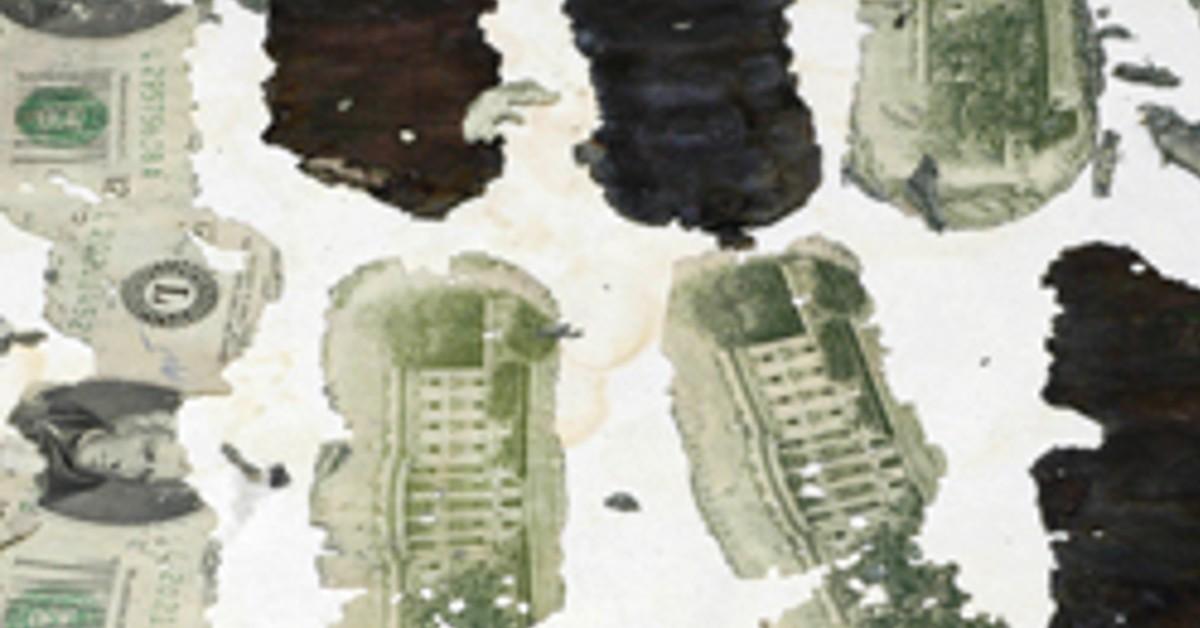
Money from the D.B. Cooper heist
The location of the money seemingly confirmed new theories that the original search zone for Cooper had been inaccurate. Scott insisted his flight path had been further east than initially believed as he was flying manually due to the demands placed on him by Cooper. Equally, another pilot flying that night thought that the wind direction had been different by as much as 80 degrees, meaning the likely location was close to the Washougal River, which merges with the Colombia River just upstream.
The immediate conclusion would be had landed in the river and been killed, the money floating away. However, there are three problems with this theory. Firstly, there is no reason the money should have remained together if it separated from the rest of the money in the water. Secondly, the recovered money consisted of three packets of 100, $20 bills each; however, the third packet only contained 90 such notes. $200 was missing, with the rest of the money perfectly secure.
Finally, the money must have washed up before 1974; otherwise, the rubber bands would have disintegrated. Yet, geological evidence showed they arrived on the bank well after that year, although this finding is disputed. The most recent research suggests that the bundled notes were neither in the water nor buried in 1971. Alge that only blooms in spring were found, meaning the money only entered a wet location months after the hijacking.
Editor's Note: For Part 2 of the look at the D.B. Cooper case, click here.
Become a Front Page Detective
Sign up to receive breaking
Front Page Detectives
news and exclusive investigations.
